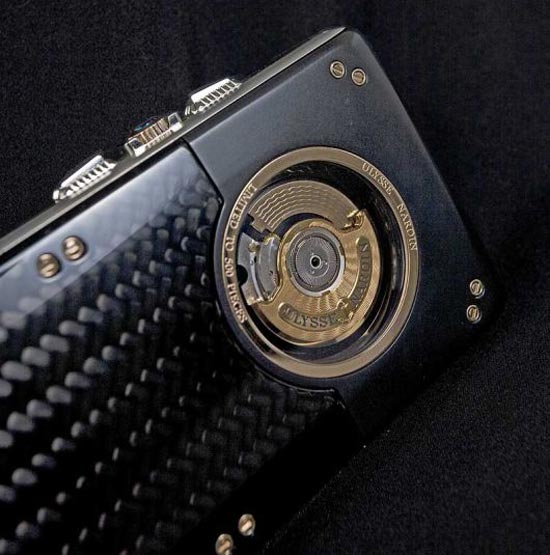I'm going to step in here and say I am still chuckling at my may as well say 2,200 freight train "mobile phone." Not counting the locomotives, that would be roughly 2,500 miles long. It would span approximately from Boise, Idaho to New York City. Just to contain the mechanical computer equivalent of a smart phone processor.
I'm also going to give myself props, because when I entered that into Google Maps to check the distance, I started in NYC and pulled a random guess right out my butt for what would be about 2,500 miles, and bang, 2,543 miles to Boise.
How is it even possible that I'm still single after my wife left me? Women should be lining up around the block with pitch forks and sledge hammers to beat each other to death fighting to win my love.
Yeah, well, at least I have a shop dog, and a shop cat.


